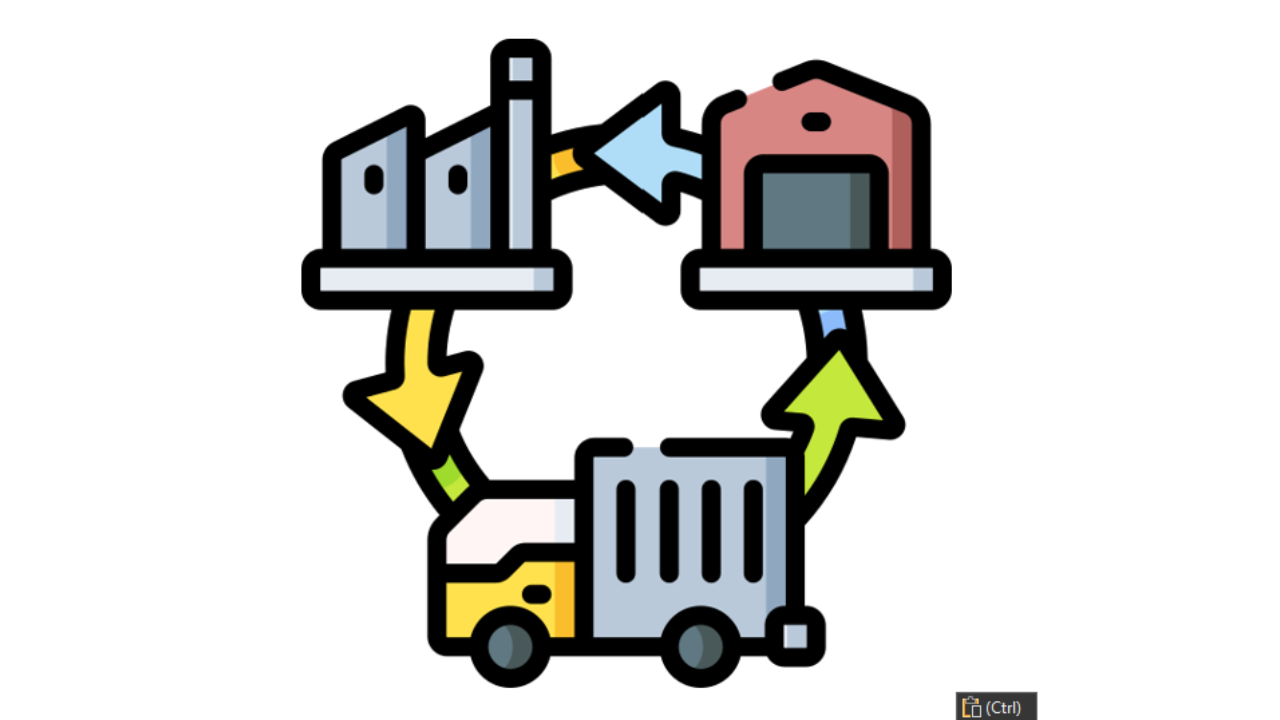From Reactive to Proactive: How to Shift to a Continuous Improvement Culture
In manufacturing, reacting to problems as they arise may address immediate issues, but it often leads to inefficiencies, higher costs, and missed opportunities for growth. The real game-changer is transitioning to a proactive mindset—one that prioritizes prevention, innovation, and continuous improvement. This shift doesn’t happen overnight, but with the right strategies, your organization can build a culture where continuous improvement becomes second nature.
Here’s how to transition from reactive problem-solving to a proactive culture of continuous improvement that drives lasting success.
1. Understand the Difference: Reactive vs. Proactive
Reactive organizations focus on fixing problems as they occur, often under pressure. This approach is short-sighted, resource-intensive, and disruptive. For example, addressing recurring equipment breakdowns without investigating their ro
...













